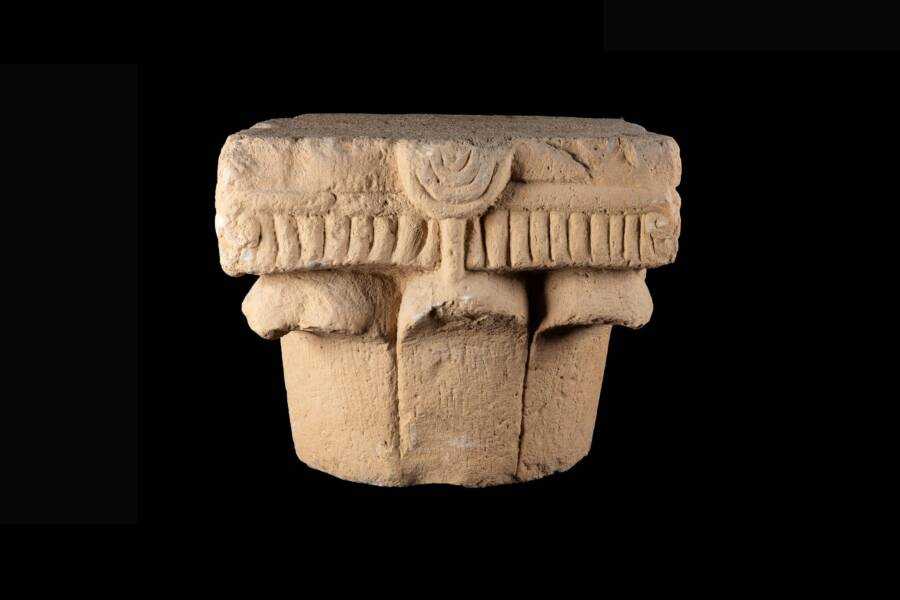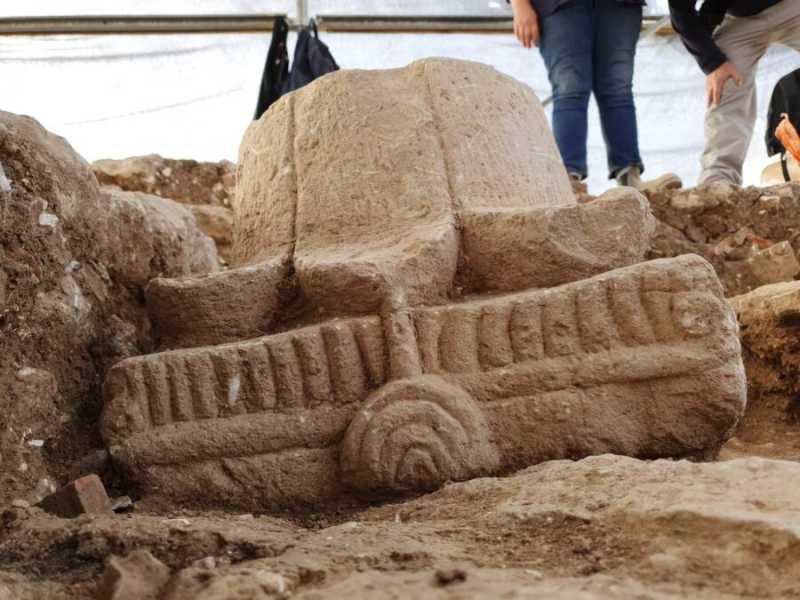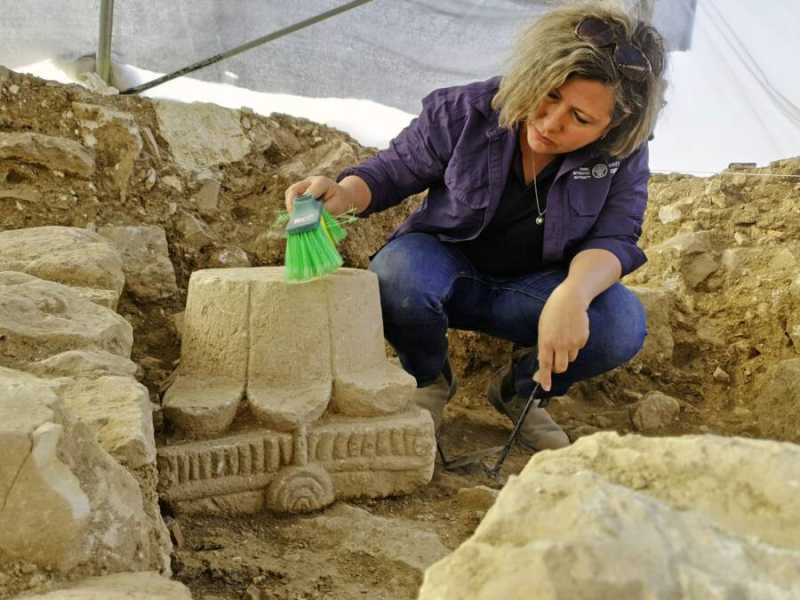The upper part of the column was found upside down in the ruins of a Byzantine building from the 6th or 7th century AD and was probably used as building material for the structure.

Israel Antiquities Authority/Facebook Unlike all previously discovered artifacts, this ancient capital has “no archaeological analogues,” according to the Israel Antiquities Authority.
During excavations on the outskirts of Jerusalem in 2020, archaeologists were surprised to find a stone capital — the top of a column — that appears to be decorated with an image of a menorah. Scientists believe the capital was originally made in a Roman settlement at least 1,500 years ago, although it may have been created even earlier in a Jewish settlement that was later destroyed.
At the moment, many questions remain about this unique artifact, but archaeologists have put forward some fascinating theories. In the meantime, experts describe this ancient capital as a “rare” and “unparalleled” find.
Discovery of ancient capital that may represent menorah in Jerusalem

Israel Antiquities Authority/Facebook. Stone capital found in the field in 2020.
According to a Facebook post from the Israel Antiquities Authority (IAA), the limestone capital was first discovered in 2020 during excavations ahead of the construction of a new entrance to the city. It was found upside down in a building from the Byzantine period (between the 6th and 7th centuries CE, shortly after the fall of Rome), but archaeologists suspect it was moved from its original location, likely from an ancient Roman settlement.
Each side of the capital is decorated with an eight-branched candlestick at the top, while the lower part is framed with eight leaves.
But if this column top does indeed represent a menorah, what was it doing in a Roman settlement?

Israel Antiquities Authority/Facebook IAA excavation manager Anna Eirich cleans a stone capital that may represent a menorah.
“This capital appears to have been on top of a column in a magnificent building or street in a late Roman settlement here (2nd-4th centuries CE),” excavation managers Dr. Uzi Ad and Anna Eyrich said in a Facebook post from the IAA. “Based on local finds, this settlement was likely inhabited by the descendants of Roman army pensioners. If so, what was a menorah decoration, which is clearly a Jewish symbol, doing here? It’s a real mystery.”
Now researchers are speculating about how and why this mysterious ancient capital was first created.
The Big Mystery Behind This Ancient Capital
Sourse: www.allthatsinteresting.com





